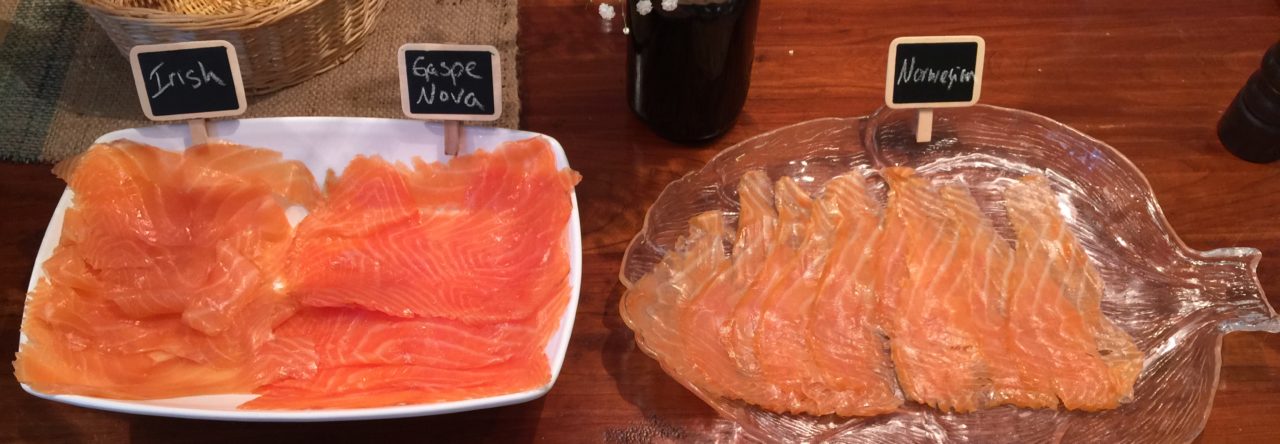Excerpts and commentary on Steven A. Shaw’s Turning the Tables: Restaurants from the Inside Out: a wonderful book on how to dine these days. I highly reccomend this book — its got some great information in it.
"Let me try to clear up a few common misconceptions that I’ve encountered on the road:
First,
knowing how to get the most out of the dining experience is not some
rarified skill that’s useful only in super-expensive, fine-dining
restaurants. You can take control of your dining experience at all
restaurants above the level of McDonald’s. Restaurants are all
fundamentally members of the same species. The differences between the
corner diner and the four-star temple of haute cuisine mostly have to
do with scale, style, training; in other words, they aren’t different
species — the difference is the equivalent of a gene here and there.
You also don’t have to live in New York or San Francisco. Restaurants
may be better or worse according to geography, but they’re still
restaurants. During the years I spent doing the research for Turning the Tables,
I spent time in restaurants from New York to Vancouver, and at every
level from highly regarded fancy places to pizzerias, hot dog stands
and barbecue joints. The similarities by far outweigh the differences.
Indeed, some of the most rewarding special dining experiences I’ve had
have been not at fine-dining restaurants but at smaller, family-run,
casual places.
Second, you have to be willing to expend some
effort. People often bristle when confronted with the reality that they
have to work in order to get a good meal. They want to be served. But
it doesn’t work that way. Just as with any kind of human relationship
from a marriage to a business partnership, you get more out of dining
when you put more into it. It’s like when you decide to buy a new TV.
You have two choices: walk in to the store and buy whatever the
salesperson convinces you to buy (or, in the case of a low-service
store like Costco, pick something at random), or take control of the
situation by doing some research: go to Consumer Reports online, read
product reviews on CNet, check message boards and Amazon feedback,
compare prices. You’d put an hour into it, wouldn’t you? Well, guess
what? Dinner for two at the top restaurants in the Western
industrialized nations now costs as much as a new TV. And the value of
participation remains high once you get to the restaurant. If you want
to get the best possible meal out of a restaurant, you’ve only got two
choices: resent being an active participant in your dining experience,
or learn to enjoy it. Either way, don’t blame me. I didn’t create the
system; I’m just trying to help folks get the most out of it."
Third,
don’t expect any earth-shattering revelations here. Good restaurant
karma lies at the confluence of many small, unremarkable actions. A
good example is when I advise restaurant consumers to say "please" and
"thank you" — in other words, to be polite to waitstaff. Plenty of
people have responded, "I had to buy your stupid book/come to your
stupid talk/read your stupid eGCI presentation for such trivial
advice?" Yet, being kind to waitstaff is one of the most powerful tools
in the successful customer’s toolkit. After all, the tip doesn’t come
until after the meal. Kindness is immediate. If it’s genuine, that’s
even better.
Finally, accept that sometimes you’re going to have
bad restaurant experiences. Even though I’m arguably the world’s
leading (only?) authority on getting the most out of restaurant dining,
I just had a really crummy restaurant misadventure the other day. We
were in (on?) Cape Cod and went to one of those places that does three
months of seasonal business a year, utilizing mostly untrained college
students for waitstaff, and doesn’t take reservations. We did
everything wrong. We were herding several kids and the time got away
from us, so we finally showed up with seven people at 6:30pm. We
believed them when they said it would be a 20-minute wait, and when
we’d waited 40 minutes we believed them when they said it would only be
20 minutes more. We tried to complain and were verbally abused by a
snotty college kid. The kids were freaking out. Once seated, service
was slow. They put olives in a vodka gimlet. You get the idea. It
happens. But with a little effort, you can make that sort of experience
a once-a-year war story rather than a chronic condition of dining out.





 Andrew Baber is a
Andrew Baber is a
Leave a Reply
You must be logged in to post a comment.